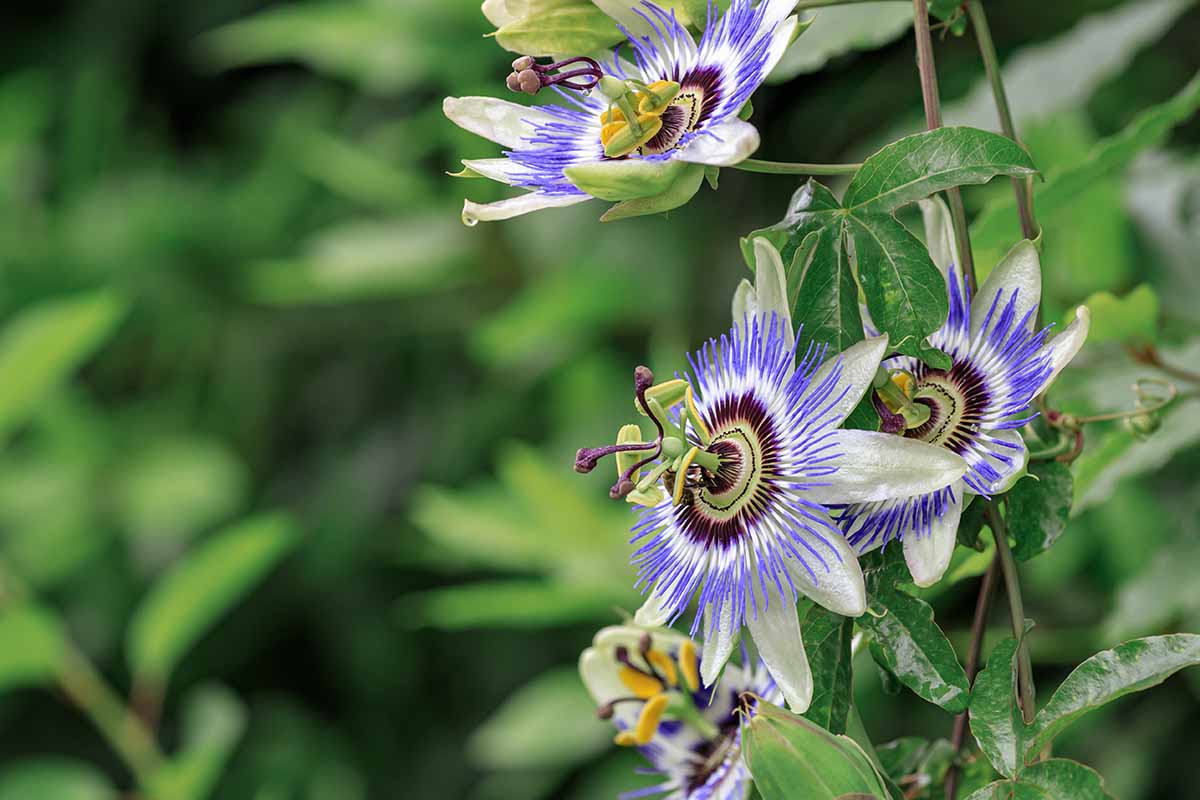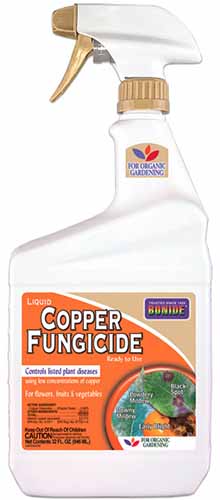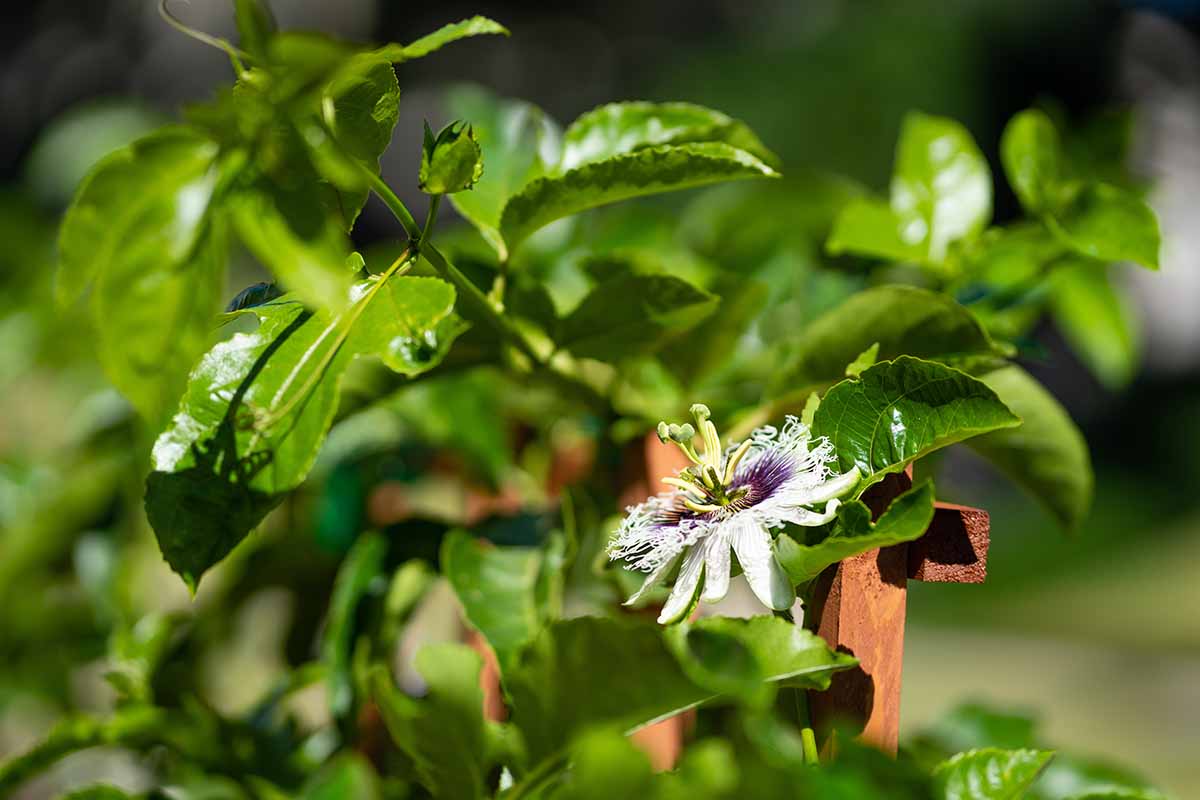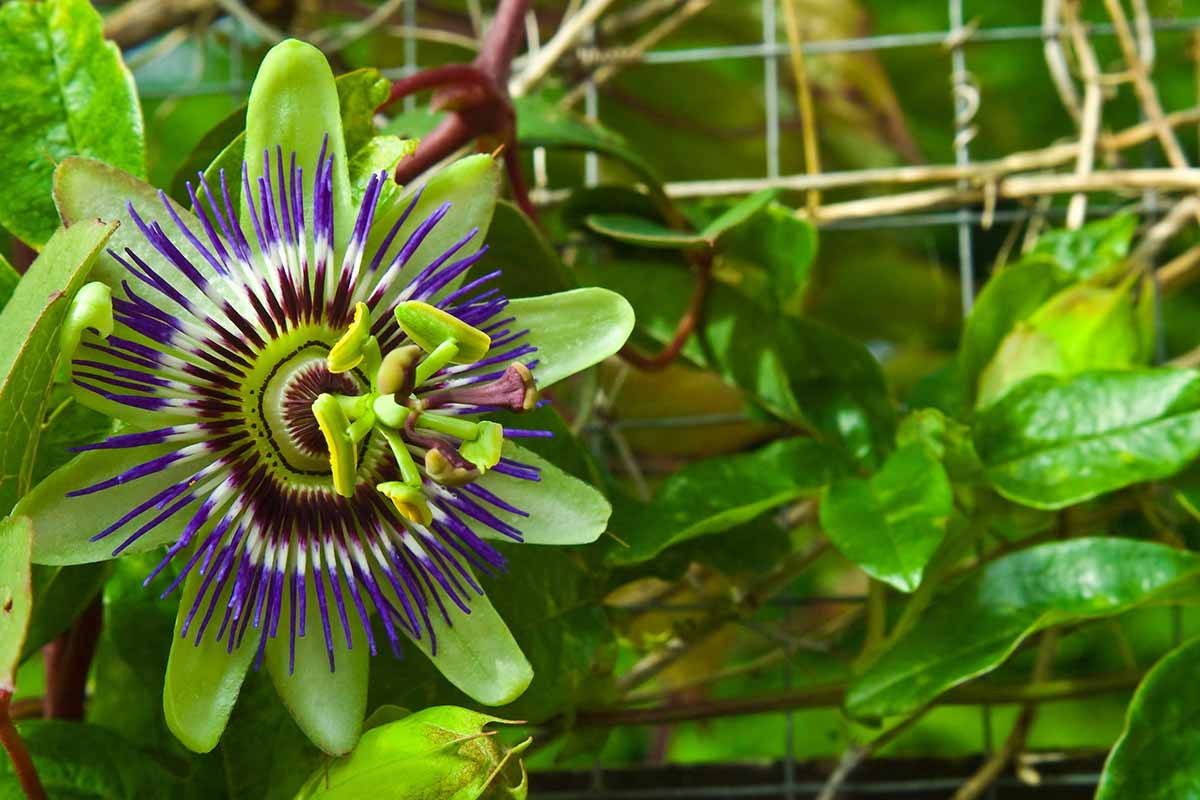But there are some cases where I just don’t care what’s right for my climate – passionflowers are one of those must-have plants. We link to vendors to help you find relevant products. If you buy from one of our links, we may earn a commission. Overwintering is a common gardening practice and we do it with all kinds of plants that couldn’t normally survive in our local climates. It requires a little extra effort than growing species that are suited to your neck of the woods, but sometimes it’s worth the extra effort for something you truly love. Are you concerned about protecting your passionflower vine during the cold months? This guide can help. Coming right up, here’s what we’ll discuss: Don’t give up on your passionflower dreams just because you live somewhere that isn’t ideal for these dramatic wonders. Anyone can make them a part of their garden if they take the right steps to overwinter their plants.
Passionflower Cold Tolerance
Passionflowers grow in the wild in warm, subtropical environments. You won’t find them hanging out in the wilds of Alaska. In North America, you can find native and naturalized species growing throughout the South and even as far north as Illinois. Most don’t like any frost at all, but there are a few cultivars that are hardy down to 20°F. If you have one of the more tender types or you live in a climate that is colder than that in the winter, you’re going to need to provide your passionflower vine with some protection. You can do this by relocating pots in a place that’s sheltered like a basement, garage, or even your kitchen. Or you can provide a little protection outdoors if you live somewhere that is just slightly cooler than your Passiflora prefers.
Overwintering Indoors: Two Ways
There are two ways to overwinter your vines indoors. The first is to put them into a dormant state until spring arrives. The second involves indoor care without inducing dormancy. For the first option, bring the container indoors into your basement or garage. You want to put it somewhere dark and cool, but not where the pot will be exposed to freezing temperatures. It shouldn’t be exposed to any sun, either. You’re basically trying to recreate the conditions it would experience normally in the wild. Trim the vines back to a foot or two long before you move the plant. It will eventually drop its leaves, so don’t worry when this happens. It’s a normal response to the change in seasons and just means that the vine is entering dormancy. The second method is to keep the vine alive and happily growing indoors, without letting it go dormant. That’s it! Less is more in this situation, but keep an eye on the plant to watch for any signs of fungal growth. If fungi come calling, treat the soil with a copper fungicide soak. Bonide Liquid Copper Fungicide Grab a 16-ounce bottle of Bonide Liquid Copper Fungicide concentrate at Arbico Organics and mix according to the manufacturer’s directions. Soak the soil once every two weeks until the spores are gone. To do this, you’ll need to treat the passionflower like a houseplant. Place it near a sunny window where it will receive at least four hours of sunlight per day, but preferably six or more hours. Trim it back a bit so that it stays within a manageable size. Assuming you have some sort of trellis in the container with your vine, you can trim it back to the trellis. Remove any flowers. Water it every week or two to keep the soil moist but not wet. You must be careful not to overwater. The plant will need much less moisture indoors during the winter than it did outdoors during the summer.
Bringing Your Plant Back Outdoors
Whether you kept your passionflower awake or let it go dormant, you have to reintroduce it carefully to the big outdoors once spring arrives. Once outdoor temperatures are sufficiently warm for your particular cultivar, bring it outside for an hour in the morning and place it where you intend to keep it. Then bring it back inside and place it back in its sunny window, or if the plant was kept dormant, place it in a spot that receives bright, indirect light. The next day, do the same thing but leave the container outdoors for two hours before bringing it back in. On the third day, leave it out for three hours. After 10 days of adding an extra hour each day, you can put your plant in its permanent home.
Protect Your Plant Outdoors During the Winter
You won’t be able to provide enough protection for these plants outdoors if you live in an area that is much colder than they can tolerate. Outdoor protection provides you with about one Zone of wiggle room. For instance, if you have a passionflower that grows well down to USDA Hardiness Zone 6a, you can definitely keep one happy in your Zone 5b climate. But if you have that same plant and you live in Zone 4a, forget about it. You absolutely must overwinter indoors. First things first: stop fertilizing your plant at least two months before the arrival of winter. You don’t want to encourage rapid growth when the vine should be getting ready to tuck itself in for the cold season ahead. If your plant is in a container, move it near a brick or cement wall. The wall will reflect heat and keep your vine a bit more toasty. You can also wrap the container in blankets or burlap. The goal is to protect the roots so they can survive through the coldest time of year and send up new shoots next spring. You’ll likely lose the leaves and maybe even some of the vines during the winter, but when warm weather returns, new growth will emerge. To protect your passionflower outdoors during the winter if it’s growing in the ground, add two or three inches of wood or leaf mulch around the plant. Don’t bury the vine in mulch, though. Keep it an inch away from the base of the vine. In the spring, prune away any dead plant material. With a little extra work, you can keep passionflowers around for years and years. What area do you live in? Which method are you using to keep your plants alive? Let us know in the comments! To help you make the most of these marvelous vines, we have a few more passionflower guides that you might find useful:
Why Isn’t My Passionflower Producing Fruit?Fertilize Your Passionflower Vines to Boost Growth and Production17 of the Best Passionflower Species and Hybrids to Grow at Home






